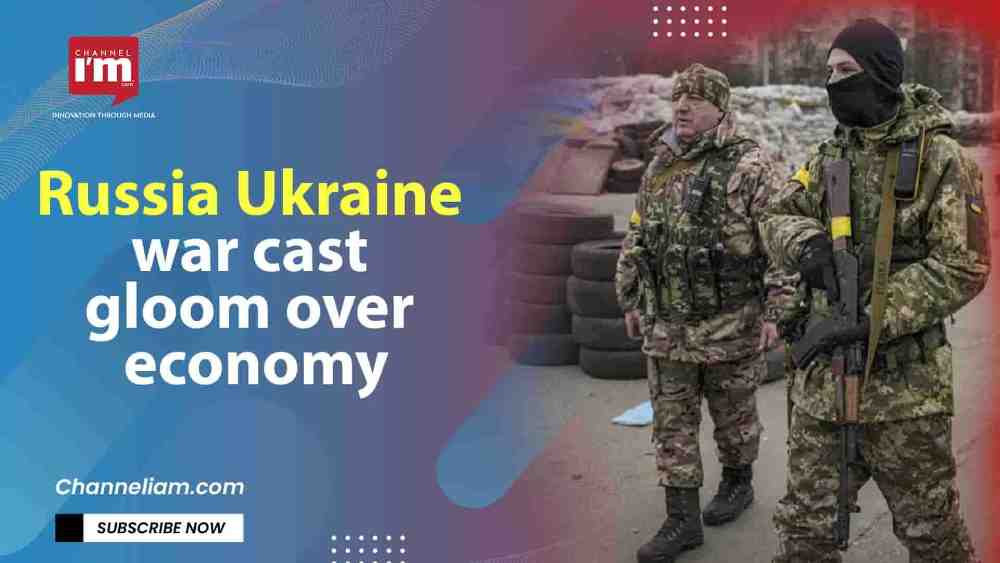Russia Ukraine war cast gloom over economy

The pandemic’s impact on major economies has been four times worse than that of the 2008 global financial crisis. Fiscal and monetary stimulus in wealthier countries has made things worse for low-income countries
The pandemic’s impact on major economies has so far been four times worse than that of the 2008 global financial crisis. In the second quarter of 2020, US GDP fell by 9.1% compared to the previous three months, dwarfing the 2% quarterly contraction in the same period in 2009. The eurozone economy fared even worse, shrinking by 11.8%. Many developing countries, meanwhile, have had entire sections of their economies wiped out, as if in a war. Planning, investing, and rebuilding therefore require a post-war mindset.
An outright attack by Russian troops could cause dizzying spikes in energy and food prices, fuel inflation fears and spook investors, a combination that threatens investment and growth in economies around the world. “Russia is incredibly unimportant in the global economy except for oil and gas,” said Jason Furman, a Harvard economist who was an adviser to President Barack Obama. “It’s basically a big gas station.” While China is the manufacturing hub of the world, Russia and Ukraine are the key suppliers of raw materials that run the worlds of oil, gas energy, metallurgical industries and microchips and semi-conductors, and also food grains and edible oil that feed much of Europe and parts of Asia and Africa.
Europe gets nearly 40 percent of its natural gas and 25 percent of its oil from Russia. European leaders have already accused Russia’s president, Vladimir V. Putin, of reducing supplies to gain a political edge. Russia is one of the top three suppliers of fuels – oil and gas. Oil prices, though, dipped a little (going below $110 a barrel) on Sunday, counting on the hopes from peace talks between Russia and Ukraine. The world depends a lot on the supply of raw materials for chip-making in the US, Europe and elsewhere. Two raw materials hold the key – neon gas and palladium. Russia is the third-largest supplier of gold to the world market after Australia and China. The gold prices soared to a 19-month high last week due to the Russia-Ukraine war before the peace talks between the two helped bring down prices.
Ukraine provides more than 90 per cent of high-grade neon for semiconductors. Russia supplies one-third of the palladium. Additionally, Russia’s steel industry is the primary source of neon, a by-product that is refined in Ukraine for making semiconductors, mostly by American companies.
Ukraine, the “breadbasket of Europe,” sends more than 40 percent of its wheat and corn exports to the Middle East or Africa, where there are worries that further food shortages and price increases could stoke social unrest.
The additional stresses may be relatively small in isolation, but they are piling on economies that are still recovering from the economic body blows inflicted by the pandemic.
“Russia is likely to pivot all energy and commodity exports to China,” said Carl Weinberg, chief economist at High Frequency Economics. the real cost “would be corrosive over time and really making it much more difficult to do business with Russian entities and deterring investment.”
